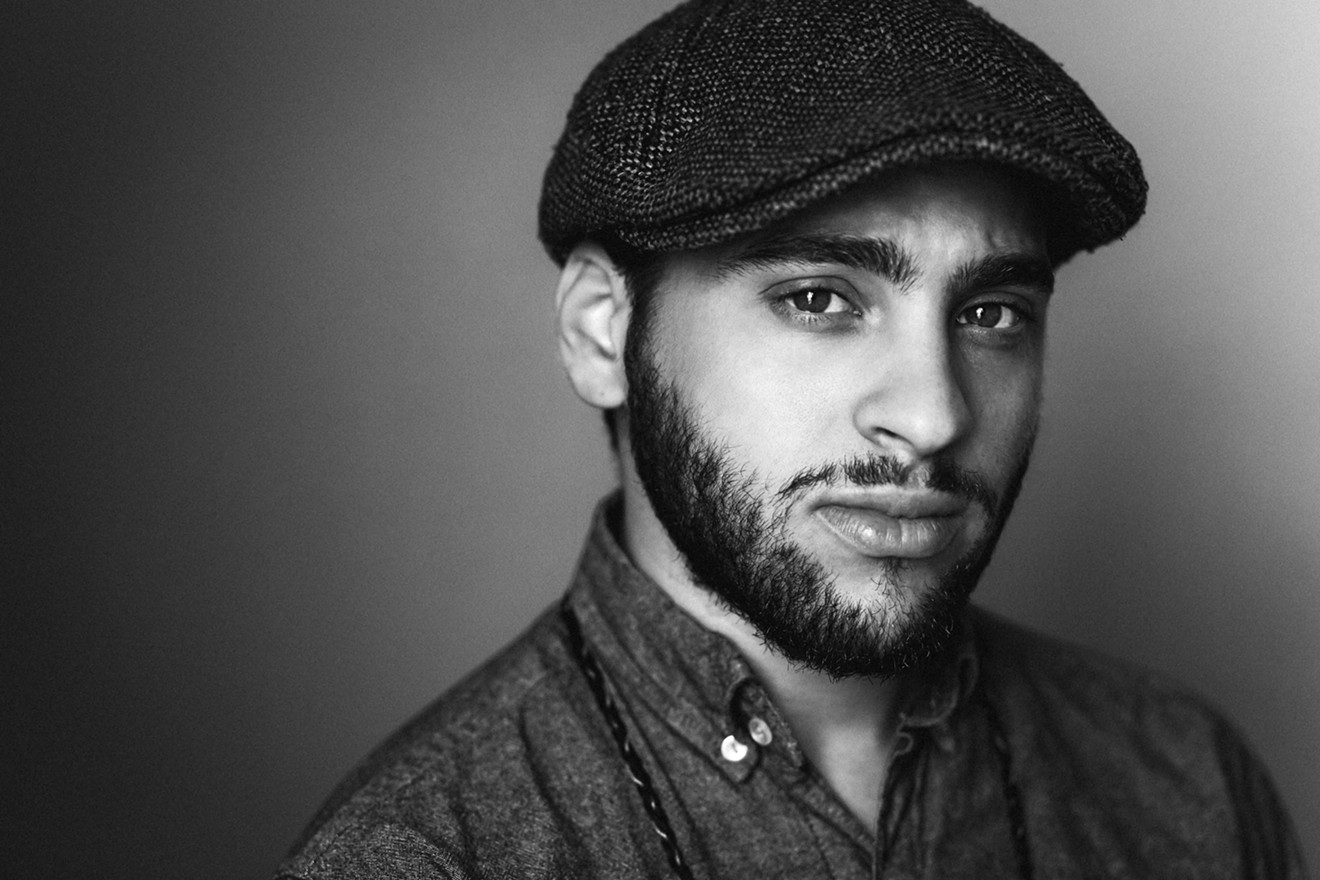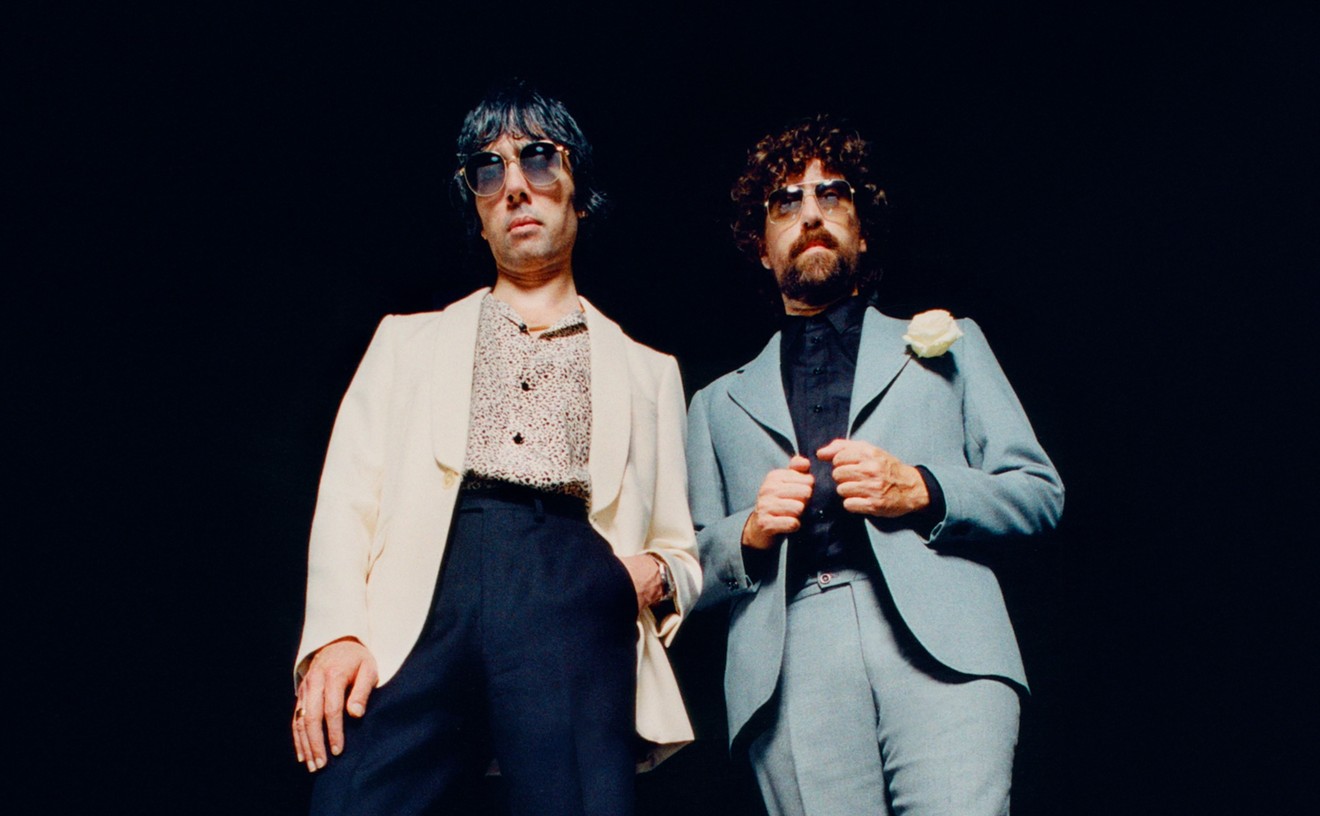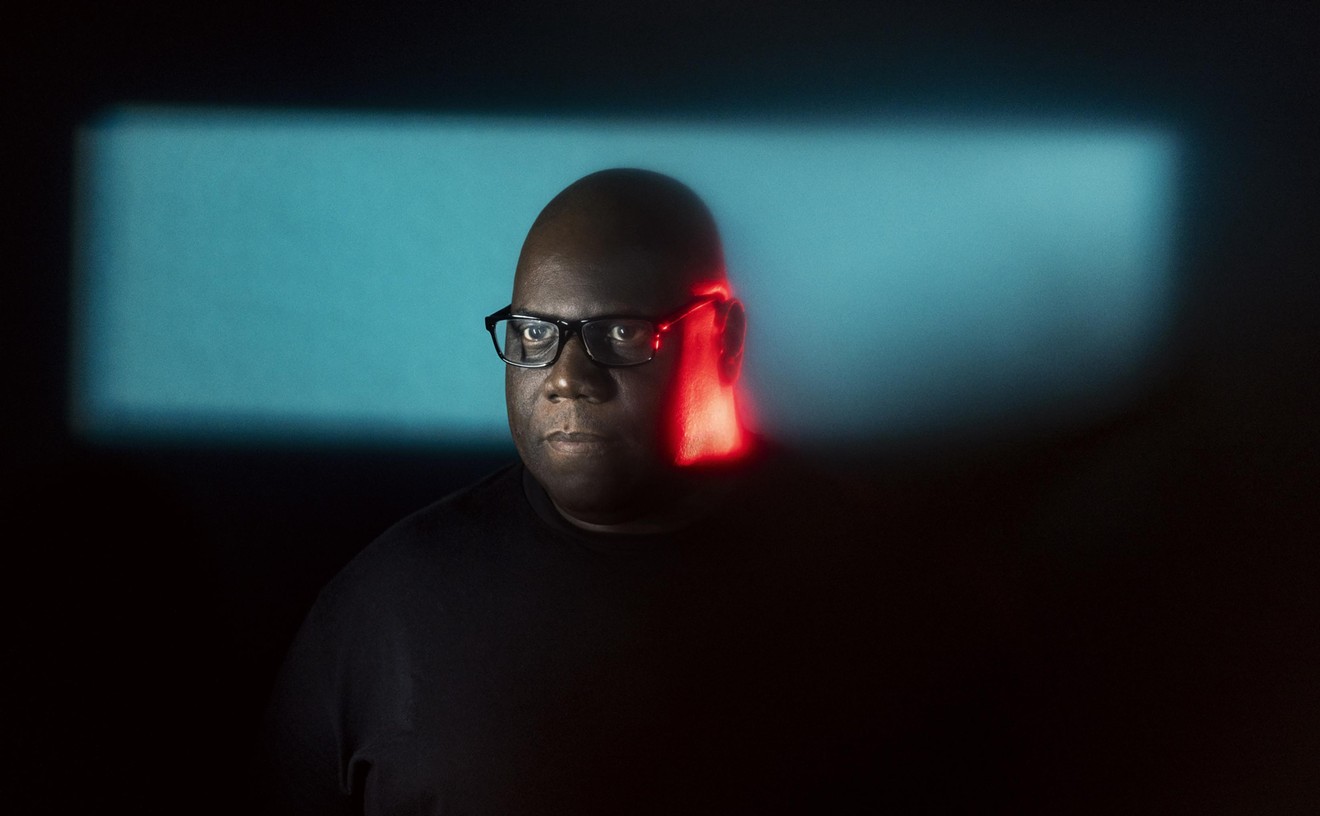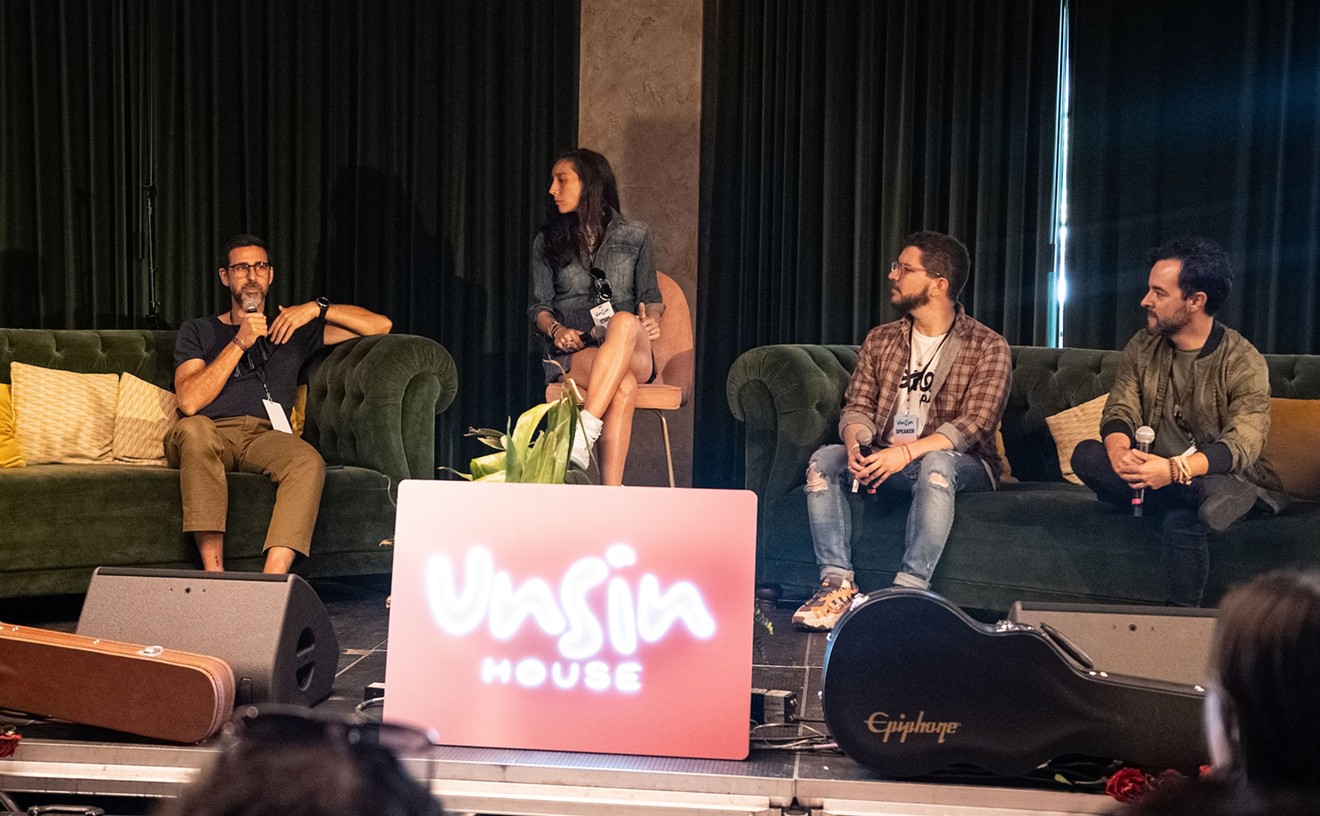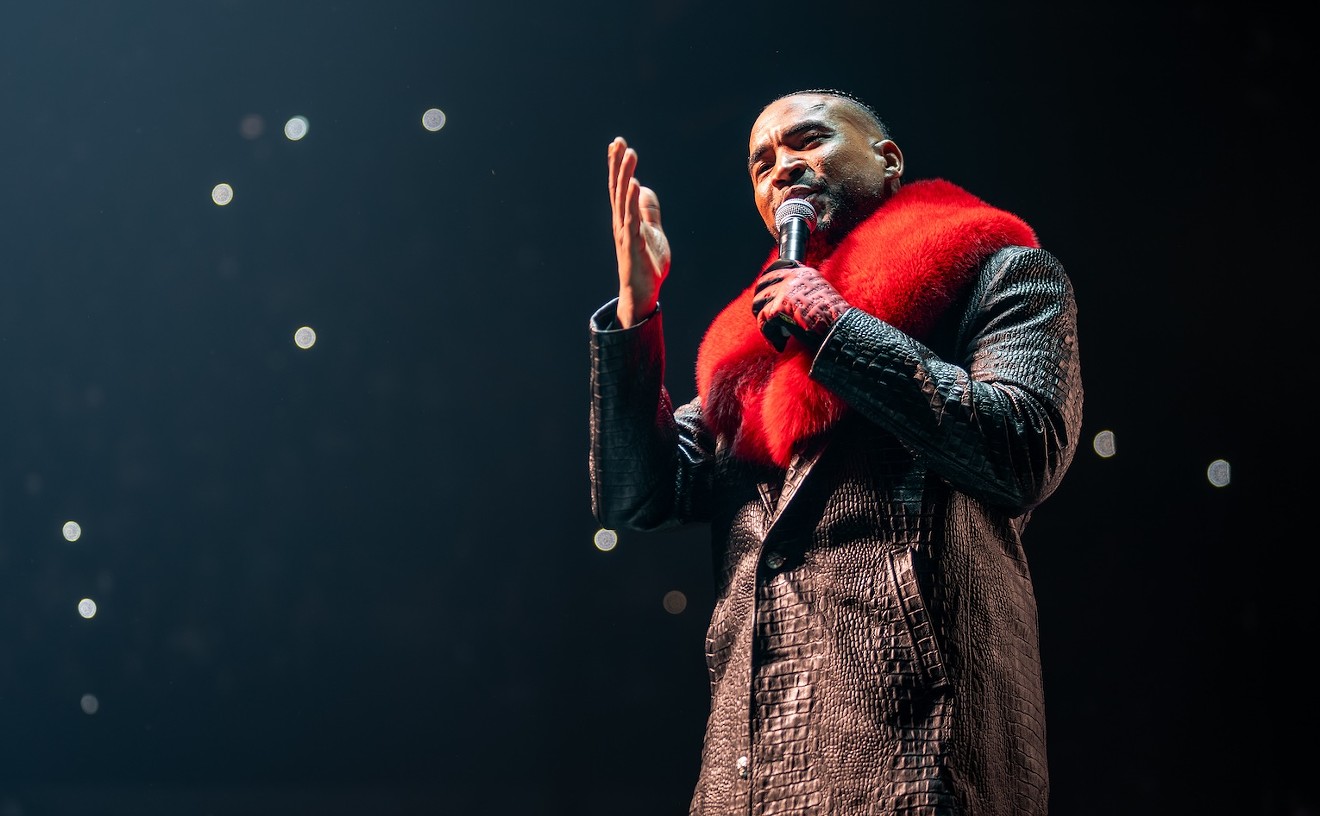Composer Samora Pinderhughes comes from a long lineage of activists and freedom fighters. He was raised in the San Francisco Bay Area by a socially conscious family; his uncle was a Black Panther and his grandmother was one of the first black professors to study genealogy.
"I grew up being very conscious of the way people were treated — the realities around white supremacy and misogyny and capitalism, different ways that things work — and reading all the time. My first artistic hero, and still my biggest hero, is James Baldwin."
Pinderhughes looked to the influences of his activist, progressive family, along with the works of Baldwin and others like Saul Williams, Nina Simone, and Gil Scott-Heron, when he set out on the arduous, five-year process of composing The Transformations Suite. The composition blends elements of jazz and spoken word to trace the roots and trajectory of African-American protest movements like those of the Black Panthers and Black Lives Matter.
The Transformations Suite began with questions about what it takes for resistance and activist movements to create change in the face of strident adversity. As a lifelong avid reader, Pinderhughes favored the way in which musical movements within a suite parallel chapters in a book. He says the suite's first movement, titled "Transformation," is a sort of musical thesis statement about his exploration of resistance movements. "History," the second movement, looks toward the past in order to contextualize events that came afterward. Following that is "Cycles," which looks at the social challenges of the present day, particularly in neighborhoods of color, acknowledging similarities and differences between past and present struggles.
The fourth movement, split into two parts, is an attempt to replicate the energy of these activist social movements. "There's a lot of romantic notions of what organizing is," he says, "but then, when you look at the cats that really are doing that, they're under attack all the time... What does it mean to have the courage to keep going even when you face that kind of opposition?"
"Ascension," the final movement, explores the spiritual aspects of resistance. "What are the things that ground us in ourselves as we are being shaken? It's hard work, so how do we take care of ourselves, and each other, and stay resilient?"
Pinderhughes' questions reflect the shape-shifting roles he says an artist can play in creating socially conscious art. "For me, it always starts with the questions, and then come the explorations of those questions. Sometimes for my music, I use the terms 'investigative music' or 'music journalism,' because before I try to tackle something musically... I'm going to try to go as deep research-wise into that as possible," he says.
Pinderhughes is often asked questions about his role as an activist because of the nature of his compositions, but he says he has complex feelings about the significance of the role artists play in activist movements. He insists on differentiating between an observer such as himself and the organizers doing often thankless work on the ground; he cites Miami's Dream Defenders as one such organization.
Witnessing the ways in which art is often centered in activist circles has shaped Pinderhughes' perspective on the importance of artists. "[The artist] can play a lot of important roles. One is definitely being the imaginer, being one who imagines, being one who tries to find creative ideas... also, one who tells stories, one who keeps stories alive... or brings things to light. I think at different times, the artist can play different roles. You can be a journalist one day and then be a freedom fighter the next day and then be a healer the next... I get stronger every day in my conviction that the artist's role is vital."
Samora Pinderhughes' The Transformation Suite. 8 p.m. Friday, February 2, at the Light Box at Goldman Warehouse, 404 NW 26th St., Miami; 305-237-7700; miamilightproject.com. Tickets cost $5 to $15 via brownpapertickets.com; admission is free for Miami Dade College students with valid ID.
[
{
"name": "Air - MediumRectangle - Inline Content - Mobile Display Size",
"component": "19274298",
"insertPoint": "2",
"requiredCountToDisplay": "2"
},{
"name": "Editor Picks",
"component": "17482312",
"insertPoint": "4",
"requiredCountToDisplay": "1"
},{
"name": "Inline Links",
"component": "18711090",
"insertPoint": "8th",
"startingPoint": 8,
"requiredCountToDisplay": "7",
"maxInsertions": 25
},{
"name": "Air - MediumRectangle - Combo - Inline Content",
"component": "17482310",
"insertPoint": "8th",
"startingPoint": 8,
"requiredCountToDisplay": "7",
"maxInsertions": 25
},{
"name": "Inline Links",
"component": "18711090",
"insertPoint": "8th",
"startingPoint": 12,
"requiredCountToDisplay": "11",
"maxInsertions": 25
},{
"name": "Air - Leaderboard Tower - Combo - Inline Content",
"component": "17482313",
"insertPoint": "8th",
"startingPoint": 12,
"requiredCountToDisplay": "11",
"maxInsertions": 25
}
]

